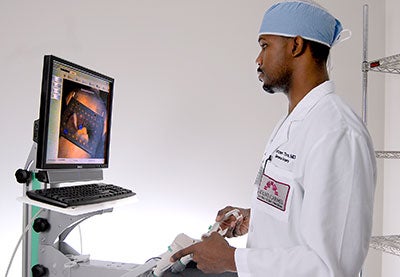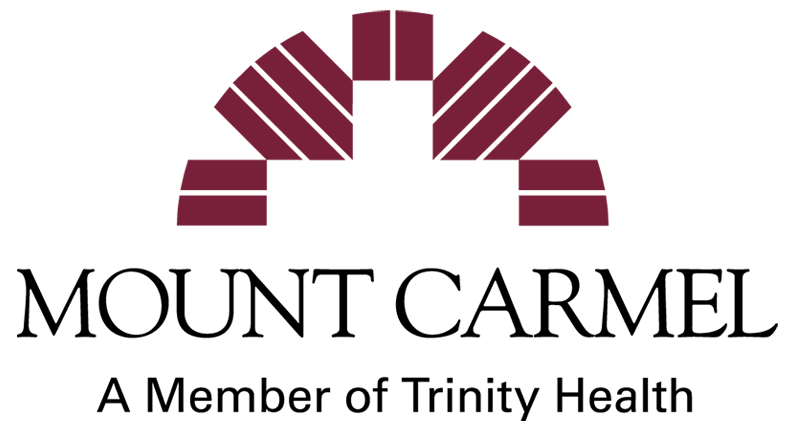Center For Innovative Learning Brings Training To Life
August 31, 2023
We are continuous learners. In addition to being a Guiding Behavior of the Mount Carmel Health System, this commitment is truly evident at the core of the Mount Carmel Center for Innovative Learning (CIL).
The CIL, made possible through philanthropy, has three main areas — the Simulation Center, Education and Training Development department, and Continuing Medical Education. It serves a diverse population of learners from student nurses, resident physicians, medical staff and registered nurses to Emergency Medical Services (EMS) providers, non-clinical learners, local schools and community groups. The CIL also actively works with Graduate Medical Education programs “in order to meet new challenges by keeping on the cutting edge of research and technology,” says Dr. Timothy Graham, Director of Curriculum and Research, Mount Carmel Family Medicine Residency Program. The training made possible at the CIL “has increased the confidence of our residents as they encounter the disease processes with which they are frequently faced in both the inpatient and outpatient settings,” Graham added.
The CIL continues to evolve to serve the changing educational needs of our health system and community. The Simulation Center, located at Mount Carmel West, not only serves the entire Mount Carmel Health System, but also surrounding communities. The extension of services to key community partners and critical first responders, such as EMS providers, provides valuable training. This past year, the Foundation provided $181,000 to purchase two unique simulators — a labor and delivery simulator and a high fidelity simulator — for training purposes.
The opportunity for learners to utilize these simulators “has made a remarkable impact on the education and applied-experiences of so many learners,” said Shirley Cooley, PhD, RN, CNE, C-EFM, Associate Professor at Mount Carmel College of Nursing. In reference to the state-of-the-art labor and delivery simulator, Cooley, who has been teaching the Maternal Newborn course for over 20 years, says “One of the most remarkable things is that this simulator truly delivers a baby. The students have the opportunity to manage a laboring patient who is high risk, and on certain medications to control the high-risk concern. This simulator goes through the labor process, makes sounds, speaks and responds to the situation. It’s so real for these students. They get to think, manage and understand all of the dynamics surrounding the processes of childbirth and delivery, and the concerns you need to have. It really develops their knowledge, and they gain a foresight and level of comprehension that is beyond the classroom setting.” This experience prepares them to be more effective, knowledgeable and confident in their work.
With increased awareness related to the benefits of simulation-based learning, both within Mount Carmel and surrounding communities, the CIL has experienced substantial growth in the number of people receiving training and attending events, as well as in educational requests. Simulation-based learning requests have increased over 952% in the past two years, and EMS training requests have increased by 107% in the past year.
One of the greatest benefits of the Simulation Center, according to Dr. Graham and echoed by many others, is our residents and other learners receive intensive instruction in a safe environment. This makes them more effective in their roles and this type of instruction would not be possible without the Center.
This past year alone, the Simulation Center trained 14,516 people, with an average of 1,210 people per month. The CIL, which hosted an average of 478 people every month just two years ago, is helping to provide the best care possible to Mount Carmel patients by providing Mount Carmel staff and community members with the highest level of training available.
“The future of our involvement with simulation in the education of learners is critical and exciting, Graham added. “I look with optimism on the direction medical education is taking with these resources at our fingertips.”
“It’s clinical utilization, in a controlled environment, of the classroom knowledge they’ve gained,” says Cooley. ”That kind of training,” she adds, “is priceless.”
This article was originally published in the 2015 Annual Report to the Community.
